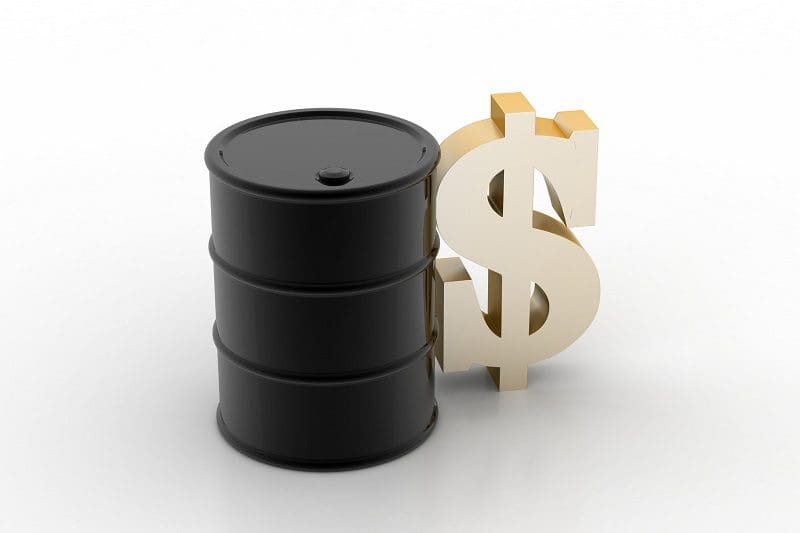Yes, if you think retail gasoline prices have been somewhat stable this year, you would be correct.
The Energy Information Administration (EIA) at the U.S. Department of Energy noted the U.S. gasoline price has been between $3.50 and $3.75 for most of the time since Jan. 1. The average on July 10 was $3.546.
The primary reason is crude oil prices have been constant, too, ranging from $70 to $75 per barrel.
However, EIA forecast this week a rise in oil prices during the remainder of this year.
“We forecast higher oil prices in the second half of 2023 and into 2024 on the back of moderate but persistent inventory drawdowns in our most recent Short-Term Energy Outlook,” EIA stated.
“Our forecast supports the Brent crude oil price rising to the mid-$80 per barrel range by the end of 2024, up from the June 2023 average of $75 per barrel. We forecast the West Texas Intermediate crude oil price will follow a similar path and maintain a $5 per barrel discount to Brent,” EIA said.
The reasons for the expected rise in price are: (1) forecasters across the globe expect consumption and demand to increase, and (2) forecasters believe supply is declining and will continue to decline through the remainder of 2023.
“We have slightly increased our forecasts for world petroleum consumption in recent months, in contrast to our downward revisions in world petroleum production,” EIA stated in their Short-Term Energy Outlook issued on Wednesday.
EIA expects China and India to lead the growth in consumption.
EIA also forecast production cuts from OPEC members and forecast higher petroleum consumption to lead to an average inventory drawdown of 0.4 million barrels per day (b/d) from July 2023 through the end of 2024.
On June 4, OPEC+ members agreed to extend crude oil production cuts through the end of 2024. The cuts had previously been set to expire at the end of 2023. Following the June 4 meeting, Saudi Arabia also announced a new voluntary oil production cut of 1.0 million b/d for July and August 2023. EOA estimates that Saudi Arabia produced 10.1 million b/d in June 2023, or about 10% of world petroleum and other liquid fuels production.
EIA forecast OPEC petroleum and other liquid fuels production will average 33.9 million b/d in 2024, down 1.2 million b/d from the group’s 2022 peak of 35.1 million b/d in September of that year. These production cuts will keep total OPEC production below pre-pandemic five-year (2015–19) average levels of 36.2 million b/d and reduce OPEC’s share of world consumption to 33% in 2024, down from the pre-pandemic average share of 37%.
EIA expects oil production in the U.S. to set a record in 2023. During the first four months, crude oil production has increased to an average of 12.5 million b/d. The yearly record was set in 2019 at 12.3 million b/d.
Alex Mills is the former President of the Texas Alliance of Energy Producers.
Alex Mills is the former President of the Texas Alliance of Energy Producers. The Alliance is the largest state oil and gas associations in the nation with more than 3,000 members in 305 cities and 28 states.





